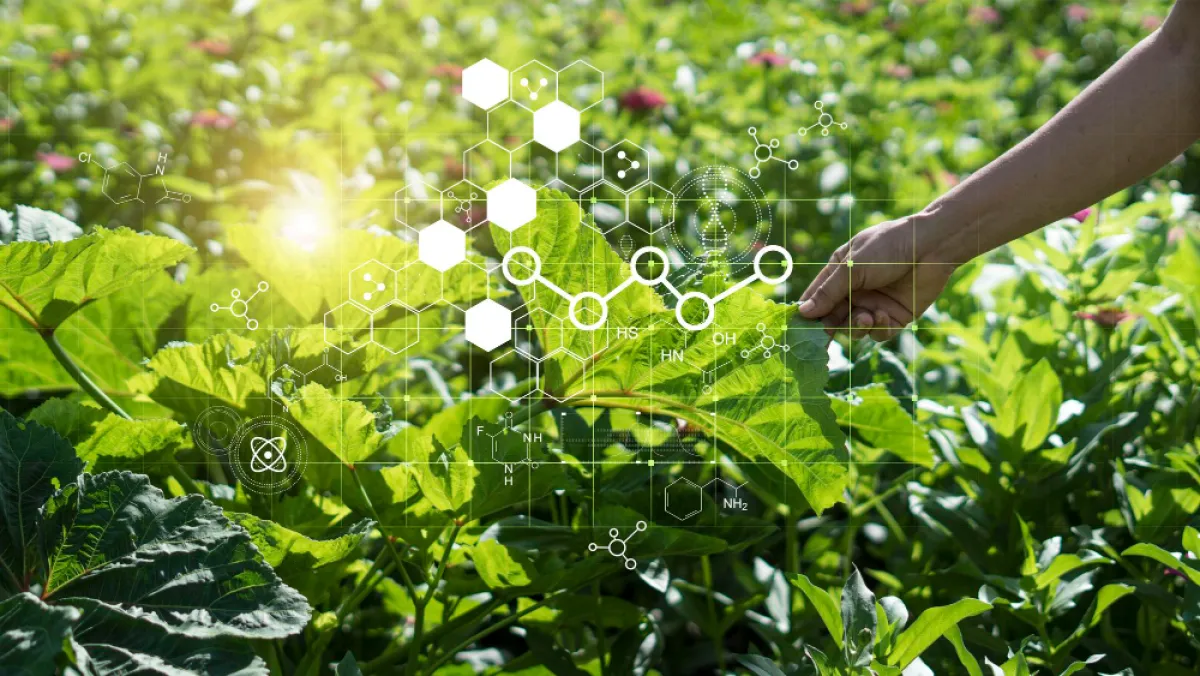
The National Center for Genetic Engineering and Biotechnology (BIOTEC), under the National Science and Technology Development Agency (NSTDA), in collaboration with relevant agencies, have been conducting site visits to monitor the progress of designing a tourism model based on the culture of sticky rice. This initiative is particularly prominent in Udon Thani province, one of the leading provinces, which is being developed as a tourist attraction along the creative economy from cultural capital.
Specifically, the community tourism enterprises are the Pan Water Basin and the community-based Homestay of Chiang Wae. This is being carried out through a cooperative working mechanism in the area known as the 4 P (government, private sector, farmers, and local educational institutions). The goal is to enhance the income and livelihood of sticky rice farmers through modern agriculture on the cultural route of the Mekong River basin (BCG-NAGA Belt Road).
This is in line with the BCG economic model policy that leads in 4 provinces: Lampang, Chiang Rai, Udon Thani, and Nakhon Phanom, and is implemented under 4 main plans:
The model of the cultural route related to sticky rice in Udon Thani province includes Red Lotus Park, Wat Hai Sok, Wat Suwannaree, Kham Chanod, Phu Phra Bat Historical Park, Wat Pa Bo Ngim-Huai Luang, Phu Foi Lom National Park, Tha Li Natural Bridge.
Under this cultural route, two villages have been developed as tourism sites based on sticky rice culture. The first is the Pan Water Basin's Agro-tourism community enterprise in Sang Khom district, Udon Thani province. The goal is to promote it as a prototype village for tourism based on sticky rice culture, combined with eco-tourism, and to develop a sticky rice cultural market. Examples include rafting to observe nature in the Pan Water Basin (Ban Maet Raft Station), buffalo viewing on Koh Pa Tham, and learning about organic and integrated farming. They produce various processed products from sticky rice, develop and support it to be a tourist attraction in the future.
The second is the Chiang Wae Homestay conservation community enterprise in Chiang Wae sub-district, Kumphawapi district, Udon Thani province. It is located near Nong Han Lake, a large natural freshwater source. From December to February every year, red lotus flowers bloom throughout the lake's water surface, or the so-called "Red Lotus Park."
Both of these tourism routes based on sticky rice culture will be expanded to promote community tourism and develop a sticky rice cultural market. The aim is to enable sticky rice farmers to generate more income, leading to grassroots economic development in the area.
Data updated on May 15, 2023
Source: National Science and Technology Development Agency (NSTDA)
Tel. +66 2564 7000